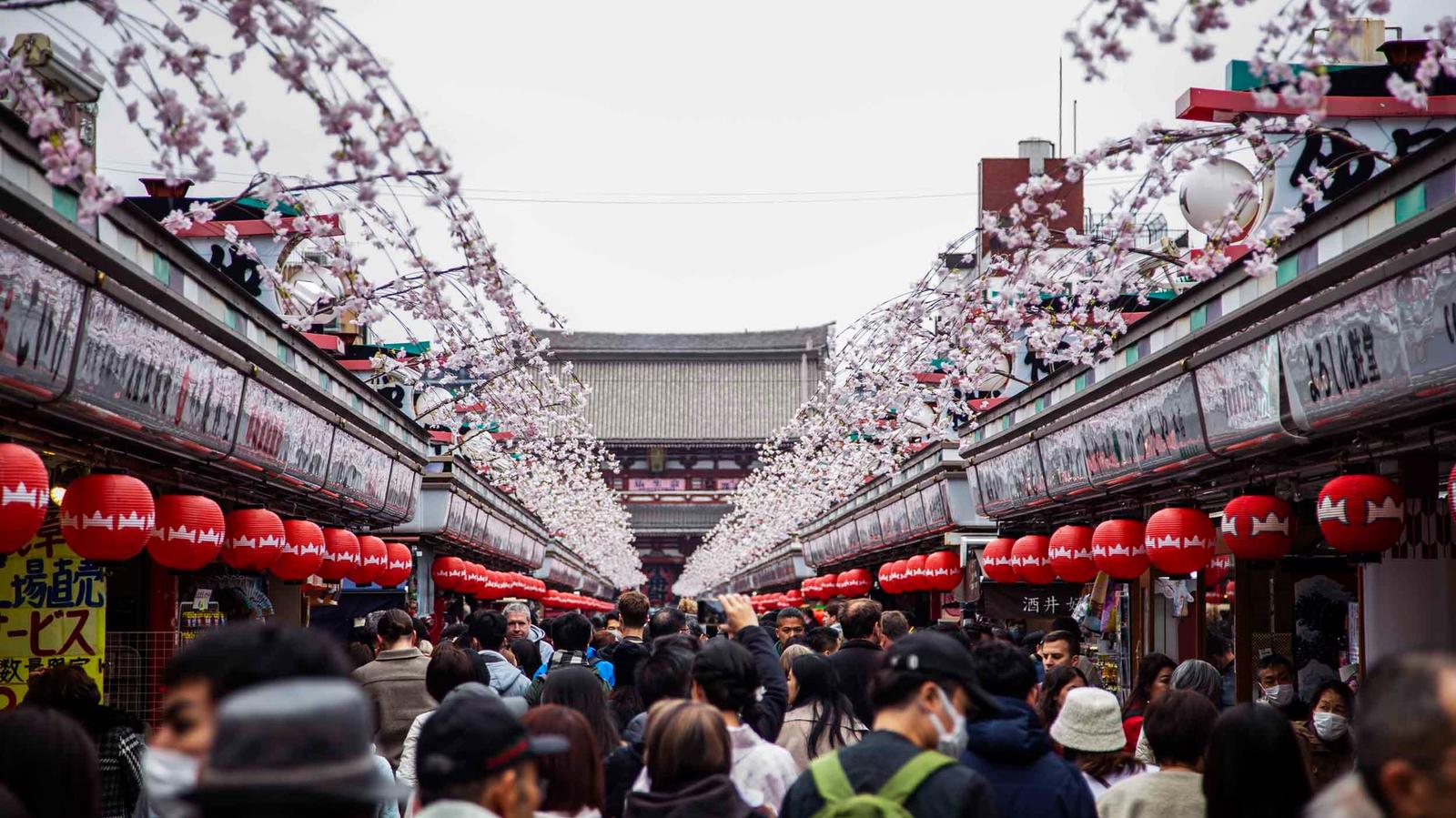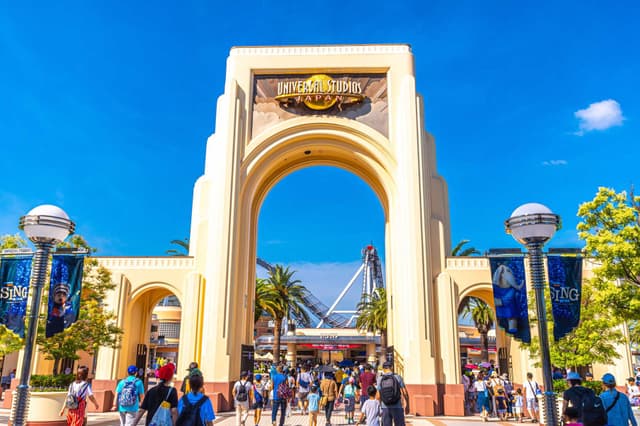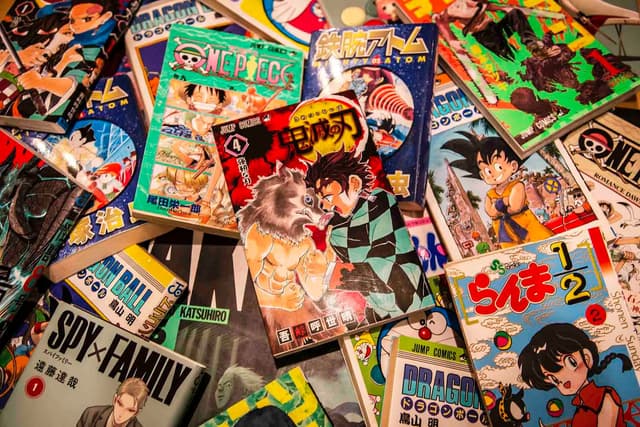
Japan's Overtourism Crisis: The Hidden Costs of Tourism Boom
James Saunders-Wyndham

James Saunders-Wyndham
Table of contents:
Overtourism, or the negative impact of unsustainable tourism on the environment and local communities, has become a growing concern in popular tourist destinations worldwide. The excessive number of tourists has resulted in overcrowding not only in popular tourist spots but also in public areas and transportation systems, greatly compromising the quality of life for local residents.

In Japan, instead 'over-tourism', the locals say 'kankō kōgai' (観光公害), which means 'tourism pollution'. It is used by locals to express how overtourism affects their daily lives. Many Japanese residents have come to be negatively impacted by overtourism and 'tourist pollution' describes their feelings perfectly.
Tourism in Japan since the late 2000s has surged. This is likely due to a combination of social media attention and comparatively low cost of living to other countries. In 2019, Japan saw a record 32.3 million visitors, contributing about $359 million to the GDP, making it the 11th most visited country. The tourism statistics below have been provided by JTB Tourism Research and Consulting.
| Months | 2023 Tourist Numbers | 2024 Tourist Numbers |
| January | 1,497,472 | 2,688,478 |
| February | 1,475,455 | 2,788,224 |
| March | 1,817,616 | 3,081,781 |
| April | 1,949,236 | 3,043,003 |
| May | 1,899,176 | 3,040,294 |
| June | 2,073,441 | 3,140,642 |
| July | 2,320,694 | 3,292,602 |
| August | 2,157,190 | 2,933,381 |
| September | 2,184,442 | 2,872,200 |
| October | 2,516,623 | 3,312,000 |
| November | 2,440,890 | |
| December | 2,734,115 |
Despite this, the large number of tourists has raised environmental concerns. In fact, 2024 has seen the highest number of tourists in Japan ever, with 35–39 million visitors being predicted, which would be a 10–30% increase from 2019.

In the middle of the 2010s, the term, overtourism, became a significant topic in Japan's tourism scene. Residents and authorities in popular Japan tourist areas started to voice concerns about tourist overcrowding.







Complaints by Japanese locals have shed light on the numerous challenges linked to the rapid growth of Japan tourism, including the tourism impact on environment, noise pollution, and the handling of rubbish and waste, which is said to disrupt the local community. As a result, many are calling for Japan tourist restrictions.

Japan's tourism overcrowding has started debates about balancing economic growth and preserving local culture.
As the heart of Japanese culture, Kyoto, with its historical temples and shrines, is one of Japan's prime tourist attractions and experiences the daily effects of how tourism impacts the environment.

In the famed Kyoto area of Gion, Geisha have been harassed by visitors desperate for selfies. This resulted in a photography ban in the Gion. Tourists caught by police taking photos of Geisha or Maiko (trainee Geisha) in this area face a fine.
However, the local government felt that this was not stopping tourist from harassing Geisha. Therefore, from April 2024, all tourist were banned from entering Gion's backstreets. If you want to know more about this issue, please check out our article on the tourist ban in Gion.
The cultural erosion caused by overtourism not only affects Kyoto but also extends to other destinations, such as Nara and cities in Hokkaido. Even the picturesque Nara, known for its famed deer park, encounters similar challenges stemming from tourism.

Tourists seeking selfies have harassed sacred deer in Nara and Miyajima, causing injuries and, in some tragic instances, death due to ingested plastic waste.

Over-tourism on Japan's signature site, Mount Fuji, has been grappling with rubbish issues due to a rise in visitor numbers. The increasing popularity of Mount Fuji tourism is highlighted by the significant number of visitors since the iconic Japanese site reopened for the 2023 season.
Japan's government has had to crack down on illegal Airbnb operations in response to an overwhelming number of complaints from locals disturbed by tourists in unregulated accommodations.
In addition, foreign social media influencers have been in the news creating social disturbance by avoiding payment on trains and in local businesses for online views.
Overtourism can take a toll on Japan’s most beloved destinations. Choosing sustainable tours can reduce the impact while finding real travel experiences. By booking with operators that prioritize small-group experiences, support local communities, and minimize environmental impact, you can explore Japan while contributing to responsible tourism. These carefully selected affiliate links help support this site at no extra cost to you.
Your choice of accommodation can play a key role in avoiding the downsides of overtourism while making your trip more enjoyable. Staying in less crowded areas or booking eco-conscious hotels helps reduce the strain on over-visited destinations while supporting local businesses that prioritize sustainability. These carefully selected affiliate links help support this site at no extra cost to you.

Recognizing the challenges posed by overtourism, the Japanese government has taken steps to address the issue. Prime Minister Fumio Kishida has announced plans to draw up measures to combat overtourism as early as autumn 2023. Although the government does not seem to understand how to tackle this issue, it has announced the formation of a task force to take on issues caused by overcrowding.
New measures to help Japan tourism include:
Several Japanese islands are introducing an "entrance tax" to manage overtourism and reduce pollution. Miyajima Island, a popular Hiroshima tourist attraction, is just one of many famous tourist sites in Japan that have started this trend.
One way the Japanese government wish to cut the negative impacts of tourism on popular destinations is to promote lesser-known Japan areas. Japan is a country rich in history, culture, and natural beauty. There are some great alternative places to visit other than the big tourist spots. For example…
Kyoto's Shodenji Temple (正伝寺) is a great example of a lesser-known destination that has an amazing history and is free from overcrowding. If you are traveling to Kyoto, you should check it out!

Visitors to Tokyo who want to skip the crowds can explore the peaceful neighborhood of Yanaka (谷中). This Tokyo neighborhood has kept its rustic charm, offering a peaceful retreat from the city.

If you would like to know more about how to ease the effects of overtourism, check out our article on the countermeasures to overtourism.
Also, if you would like to share your ideas or opinions about the topic related to this article, please be sure to leave a comment below, in the comment section.
Overtourism in Japan happens when too many tourists visit popular places like Kyoto, Tokyo, or Osaka, causing overcrowding. This makes it hard for locals and travelers to enjoy the area. It can also harm the environment, cultural sites, and local traditions.
Yes, overtourism in Japan has become a problem, especially in popular cities like Kyoto, Osaka, and Tokyo. Famous attractions like Kyoto’s Fushimi Inari Shrine and Osaka’s Dotonbori often face overcrowding, making it difficult for locals and tourists to enjoy these places. Overtourism also puts pressure on public transportation, local communities, and the preservation of cultural landmarks.
Overtourism in Kyoto means famous temples like Kinkaku-ji and Fushimi Inari Shrine get overcrowded, making it hard to enjoy their beauty. Narrow streets in areas like Gion also become packed, which disrupts daily life for locals and reduces the charm for visitors.
Tourism in Japan is high because people are drawn to historic sites like Kyoto’s temples, Tokyo’s neon-lit streets, and Japan’s seasonal highlights, such as cherry blossoms in spring. Events like the Olympics and the promotion of Japan as a safe and convenient destination have also boosted international visitors.
The problems caused by tourism in Japan include overcrowding at famous attractions, increased waste and pollution, and disruption of local communities. In Kyoto, for example, residents face congestion on narrow streets, while in Nara, excessive feeding of the deer by tourists has led to health issues for the animals. These challenges highlight the need for better tourism management.
Loading Comments...

I've been immersed in Japanese culture and daily life for over 30 years and am proud to call Japan my home. Originally from Australia, my journey has taken me from teaching at Japanese universities to traveling extensively across the country, uncovering its hidden gems. As a web developer, I built Romancing Japan from the ground up to share these experiences with you. Whether it's the charm of old Kyoto, the pulse of Tokyo, or the tranquility of the countryside, I love helping others discover the magic of Japan—one story at a time.





